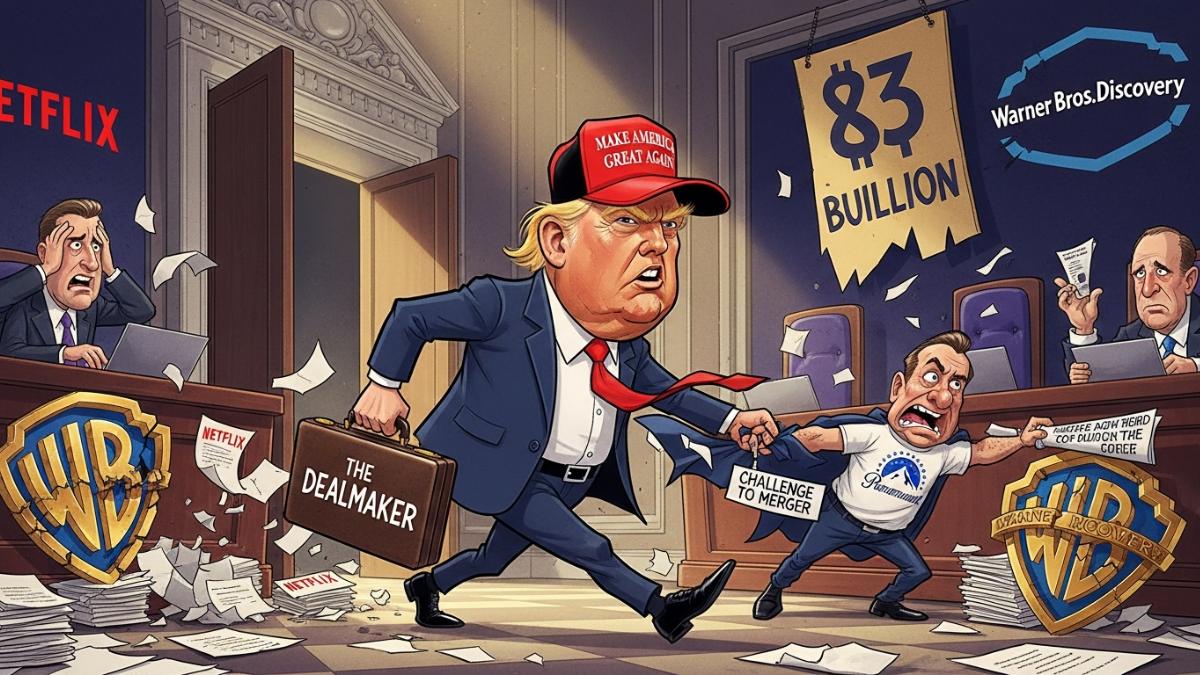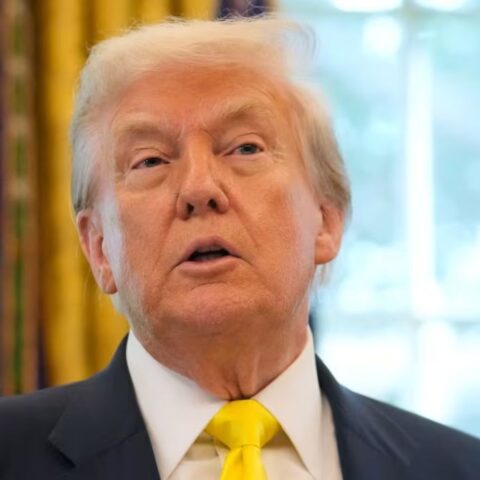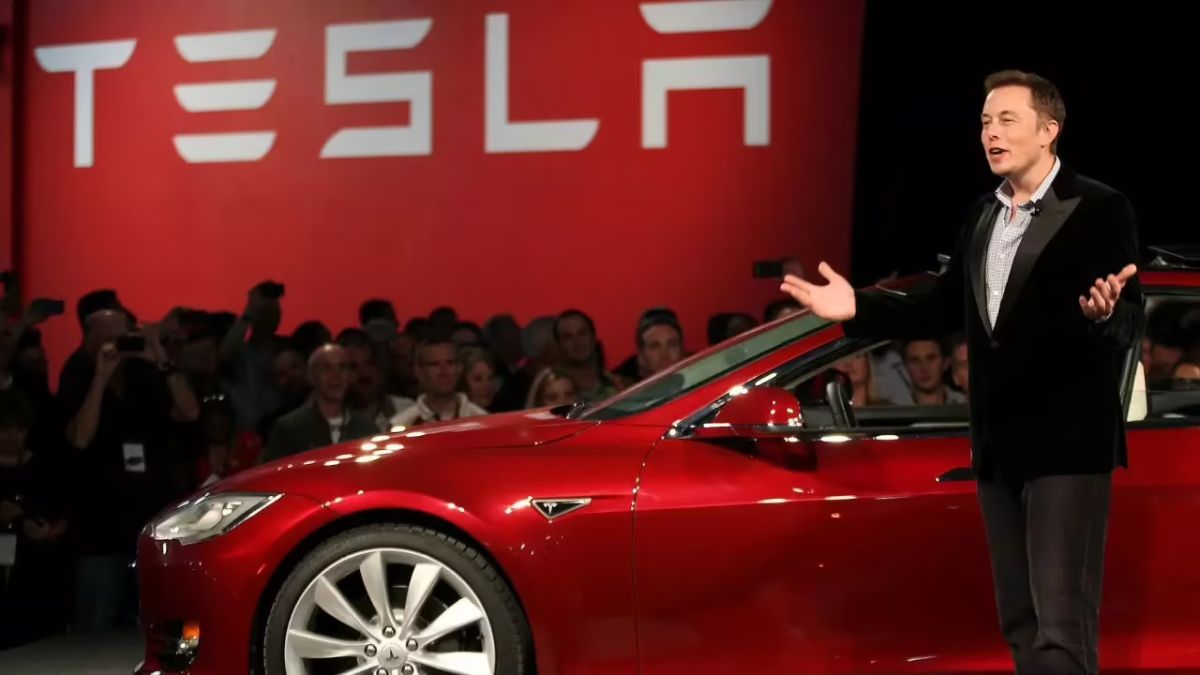Financial markets are facing rising uncertainty this summer due to new trade tariffs and possible changes at the Federal Reserve, raising fears about the future of inflation, interest rates, and overall market stability.
According to a recent analysis by Goldman Sachs strategists Cosimo Codacci-Pisanelli and Rikin Shah, the impact of tariffs is starting to show up clearly in U.S. inflation data. Categories like household goods, clothing, auto parts, and recreation products are seeing price increases tied to new trade barriers.
So far, tariffs have contributed around 20 basis points to inflation, but Goldman expects this to rise to 1% to 1.5% in total over the next few months. The pressure is expected to build through July, August, and September, which could make it harder for the Federal Reserve to lower interest rates this fall.
Without the tariffs, analysts believe inflation could be on track to fall to the Fed’s 2% target, allowing for possible interest rate cuts. However, higher tariffs are keeping that goal out of reach for now.
Fear of Fed Leadership Change
Adding to market concerns are rumors that President Donald Trump may seek to replace Federal Reserve Chair Jerome Powell if he returns to office. While the Supreme Court had previously limited a president’s power to fire the Fed chair, recent political talk has revived this risk.
Markets reacted strongly to the possibility of Powell’s removal. This past week, when the idea resurfaced, the U.S. dollar weakened, short-term interest rates fell sharply, and stock prices dipped. Investors worry that a new, more dovish Fed chair could lead to looser monetary policy, driving up inflation even further.
Goldman Sachs notes that sudden changes in central bank leadership are historically linked to a 1% rise in inflation due to less aggressive interest rate policies.
A Complex Outlook
Analysts say the mix of new tariffs, a weakening labor market, political risks at the Fed, and global economic growth expectations make it very difficult to predict the path of U.S. interest rates in the coming months.
Markets had been pricing in a possible Federal Reserve interest rate cut in September, but recent events are making that less likely. If tariffs continue to push prices higher and uncertainty around the Fed grows, the Fed may have no choice but to keep rates steady for longer.
In Summary
- Tariffs are already raising prices in several sectors, and this effect is expected to grow in the coming months.
- Speculation about Trump firing Fed Chair Powell has added another layer of market volatility.
- Investors are now more cautious, with many choosing to remain neutral until there is more clarity on trade policy and the Fed’s future leadership.
For now, market watchers are hoping that Trump’s policies won’t derail the market’s summer momentum—but the risks are rising.













